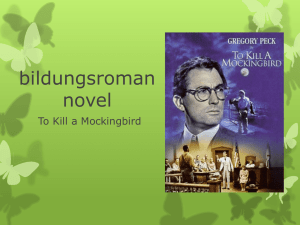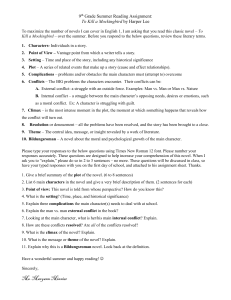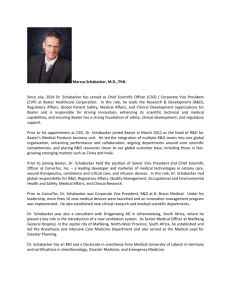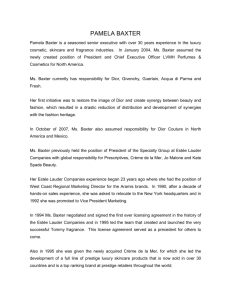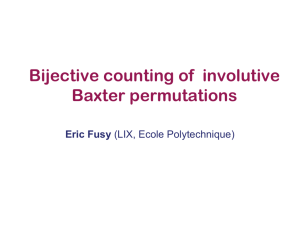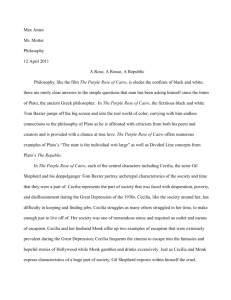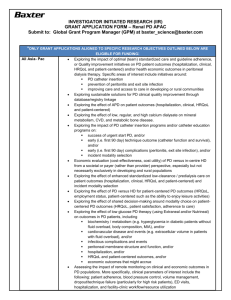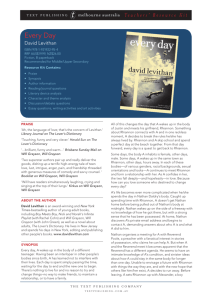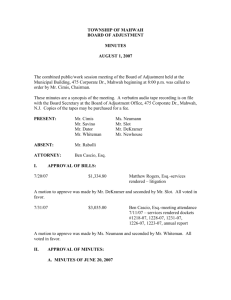book discussion handout
advertisement
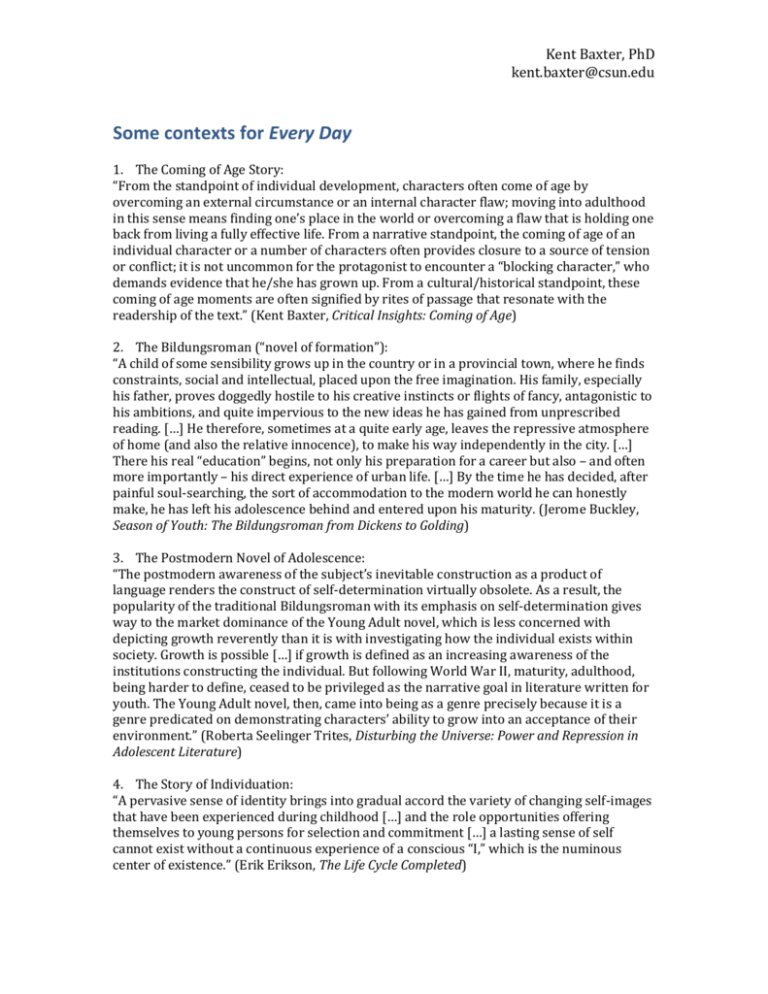
Kent Baxter, PhD kent.baxter@csun.edu Some contexts for Every Day 1. The Coming of Age Story: “From the standpoint of individual development, characters often come of age by overcoming an external circumstance or an internal character flaw; moving into adulthood in this sense means finding one’s place in the world or overcoming a flaw that is holding one back from living a fully effective life. From a narrative standpoint, the coming of age of an individual character or a number of characters often provides closure to a source of tension or conflict; it is not uncommon for the protagonist to encounter a “blocking character,” who demands evidence that he/she has grown up. From a cultural/historical standpoint, these coming of age moments are often signified by rites of passage that resonate with the readership of the text.” (Kent Baxter, Critical Insights: Coming of Age) 2. The Bildungsroman (“novel of formation”): “A child of some sensibility grows up in the country or in a provincial town, where he finds constraints, social and intellectual, placed upon the free imagination. His family, especially his father, proves doggedly hostile to his creative instincts or flights of fancy, antagonistic to his ambitions, and quite impervious to the new ideas he has gained from unprescribed reading. […] He therefore, sometimes at a quite early age, leaves the repressive atmosphere of home (and also the relative innocence), to make his way independently in the city. […] There his real “education” begins, not only his preparation for a career but also – and often more importantly – his direct experience of urban life. […] By the time he has decided, after painful soul-searching, the sort of accommodation to the modern world he can honestly make, he has left his adolescence behind and entered upon his maturity. (Jerome Buckley, Season of Youth: The Bildungsroman from Dickens to Golding) 3. The Postmodern Novel of Adolescence: “The postmodern awareness of the subject’s inevitable construction as a product of language renders the construct of self-determination virtually obsolete. As a result, the popularity of the traditional Bildungsroman with its emphasis on self-determination gives way to the market dominance of the Young Adult novel, which is less concerned with depicting growth reverently than it is with investigating how the individual exists within society. Growth is possible […] if growth is defined as an increasing awareness of the institutions constructing the individual. But following World War II, maturity, adulthood, being harder to define, ceased to be privileged as the narrative goal in literature written for youth. The Young Adult novel, then, came into being as a genre precisely because it is a genre predicated on demonstrating characters’ ability to grow into an acceptance of their environment.” (Roberta Seelinger Trites, Disturbing the Universe: Power and Repression in Adolescent Literature) 4. The Story of Individuation: “A pervasive sense of identity brings into gradual accord the variety of changing self-images that have been experienced during childhood […] and the role opportunities offering themselves to young persons for selection and commitment […] a lasting sense of self cannot exist without a continuous experience of a conscious “I,” which is the numinous center of existence.” (Erik Erikson, The Life Cycle Completed) Kent Baxter, PhD kent.baxter@csun.edu Some questions for Every Day 1. How does A develop as a character in this novel? What realization does A come to at the end of the novel about the relationship with Rhiannon and does it indicate any growth? Does A “come of age” in any conventional (or unconventional) sense? 2. What ultimately constitutes A’s identity in this novel? How much of A’s identity is governed by the body inhabited and the history that comes along with this body? Does A develop an identity outside of/in addition to/apart from the bodies that are inhabited? 3. A tells us that “The only way I can navigate through my life is because of the 98 percent that every life has in common” (77). What does A mean by this? What qualities do all of the bodies A inhabits have in common? What is the 2 percent that is different? 4. After falling in love with Rhiannon, A says, “I am learning that life isn’t real unless someone else knows its reality. And I want my life to be real” (91). What does A mean by this? What constitutes a “real life” and how is it different than A’s existence? How does love facilitate, and also complicate, the living of a “real life”? 5. The body that A seems to identify with most is Vic (on Day 6023). Why is this so? What does Vic’s relationship with Dawn teach A about the relationship with Rhiannon?



